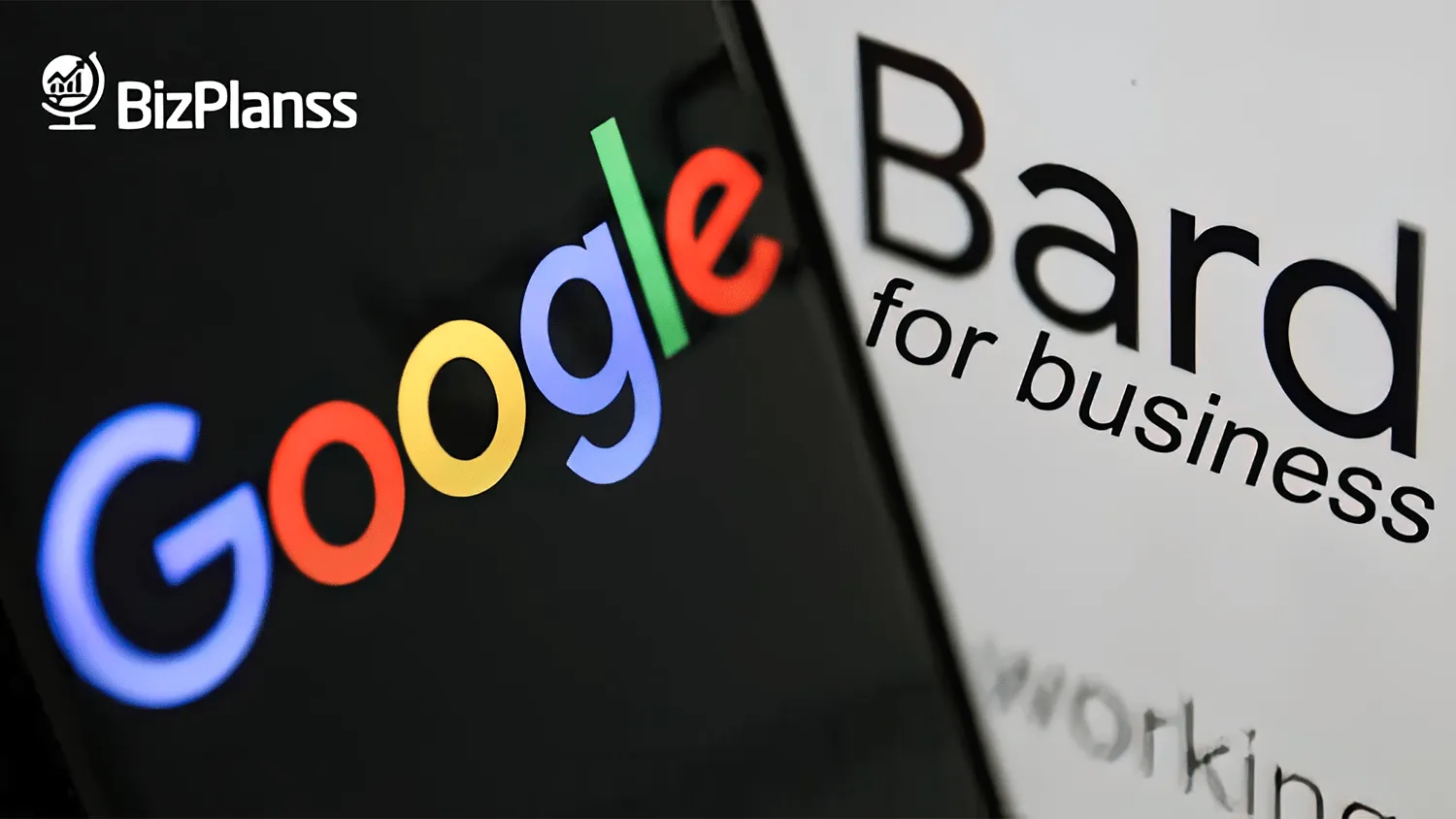Many people aspire to own and operate a restaurant yet not having any restaurant business plan. Putting it into action is a difficult task. Make your vision a reality by recognizing the correct path. Having this image in your head is the very first step in coming up with an idea.
If you are looking for funding, creating a business plan for the restaurant is essential in creating a suggestion that can be got to share with stockholders and bank officials, we offer multiple satisfactory business plans as well, which can be assistance for growing your business.
How Do You Write A Restaurant Business Plan?
You must anticipate how your business’s flow will unfold before putting your strategy into action. The first step is to set aside time to organize your opinions into an eatery plan.
The business plan for restaurants emphasizes your revenue source as well as how you anticipate future growth. Investments should be forced by your mission, followed by how you intend to achieve it. The process is rigorous and momentous, but a smart plan is well worth the effort mostly in long run.
1. The Table Of Content Material And The Cover Page
This is the first page that your potential investors will read. Make it attractive to pique the curiosity of the individuals involved. A tagline related to your mission could be suitable.
Your cover page should be vibrant, and the logo, as well as other brand recognition, contact details, and the deadline, must be ingrained. Maintain a professional tone and include all required info.
2. The Contents Page
The table of contents provides an overview of the contents of your proposal. This makes referencing a specific section easier. The business plan for restaurants is more readable when it is easy to navigate.
3. Executive Synopsis
You must introduce your eatery as well as your backup plan. One Restaurant Business Plan overview acts as an introduction. Because this is the starting point for your strategy, you must get the data and figures correct. It should also be brief and to the point.
Your mission, company brand, location, restaurant business plan concept, a short overview if it already exists, and a highlight of your plans should all be included in the business summary.
This segment is an excellent place to identify all of your experiences in this field. It is the most effective way to sell one’s plan to potential investors.
4. Your Restaurant Idea
Restaurant Business Plan with various themes is in high demand. As a potential restaurant manager, try to come up with an idea that is distinct from other restaurants in the area. Offer to evaluate specific in your description that corresponds to and complements your theme. Readers will be more willing if you convey the notion and purpose using sensory words.
You could list a few of these topics to pique the interest of readers and investors.
- Your restaurant’s theme – ready meals, informal, or fine dining
- Describe your service culture and approach.
- Define your stated mission and purpose in detail.
- Display your layout and interior design ideas, including colour schemes and décor, among other things.
- Briefly describe the highlights of your menu.
- Add visual effects to their future site to get a sense of scale.
- Use technologies to make things easier.
5. A Menu Description
A dynamic menu can bring attention to what your restaurant business plan has to give. Restaurant chains do an adequate job of enticing diners to visit the establishment. They describe the cuisine available at the restaurant, from hors d’oeuvres to desserts.
If cuisine is one big attraction, your menu is the focal point that wants to sell your brand. You must entice prospective clients to your idea by presenting details and pictures of all of the items users wish to offer on the menu.
6. Market Evaluation
There is a contest all around you. Examine the marketplace and create a plan for increasing market share between many of your competing companies. The three things you should remember are:
Competition: Keep an eye on your rivals. Realizing who might represent a threat to you is the simplest way to find alternatives. Investigate what one’s competitors are offering their customers. Innovative concepts and strategies will assist you in capturing the majority of clients. Being unique is essential.
The intended audience is: List their target audience, such as millennials, families, children, or rich corporate owners, even though catering to everyone will be challenging at first. A consumer approach will assist you in determining you’re eating preferences, timings, and promotional strategies.
Strategy for Marketing: Describe how you intend to promote their restaurant. You should have a comprehensive strategy in place that includes your website, internet marketing, social media accounts, and print ads. Inform your stockholders about how you intend to handle marketing techniques, such as trying to rent it out or hiring consultants to assist you.
7. The Organization Of The Staff
It is critical to understand the labour necessary for running the cafe. Every staff member’s position and work charter should be written. This aids in the delegating of duties and the systematic progression of work.
List the operating hours as well as the exact amount of persons and stances needed, including your management staff.
8. Your Assistance
What is your approach to restaurant business plan service? However will you serve your clients? Consider whether you want to provide your clients at a counter, with wait staff, or with a buffet. Consider whether you will need a bartender, a wine caretaker, or self-service vending machines.
Are including your support strategy and hotel management plans in this section so that investors can see what you have in store for one’s future clients.
9. Financial Evaluation
Money is the biggest aspect of any marketing plan. It demonstrates how ready you are for the coming years and the objectives you have set for yourself.
Contact a professional to manage your funds; this will greatly benefit you. To obtain a rough guess, you must provide the accountant with the following information.
How many seats are there?
The typical cost per bar counter
Your menu costs
A possible number of diners at each dinner
A rough estimate of food costs
10. Optional Delivery
Since the outbreak of the disease outbreak, delivery services have grown in popularity. Most restaurants have begun to offer delivery services or have partnered with well-known delivery companies. For the customers, all of these providers appear to be the same. However, from the perspective of a restaurateur, there are hidden costs which each supplier imposes.
In Conclusion
Creating a restaurant business plan can be a time-consuming process. Bizplanss can assist you to take a gander at your future marketing plan, point you in the right way, and assist you with making decisions.
We set your expectations and attain them even before our venture capitalists are convinced.







